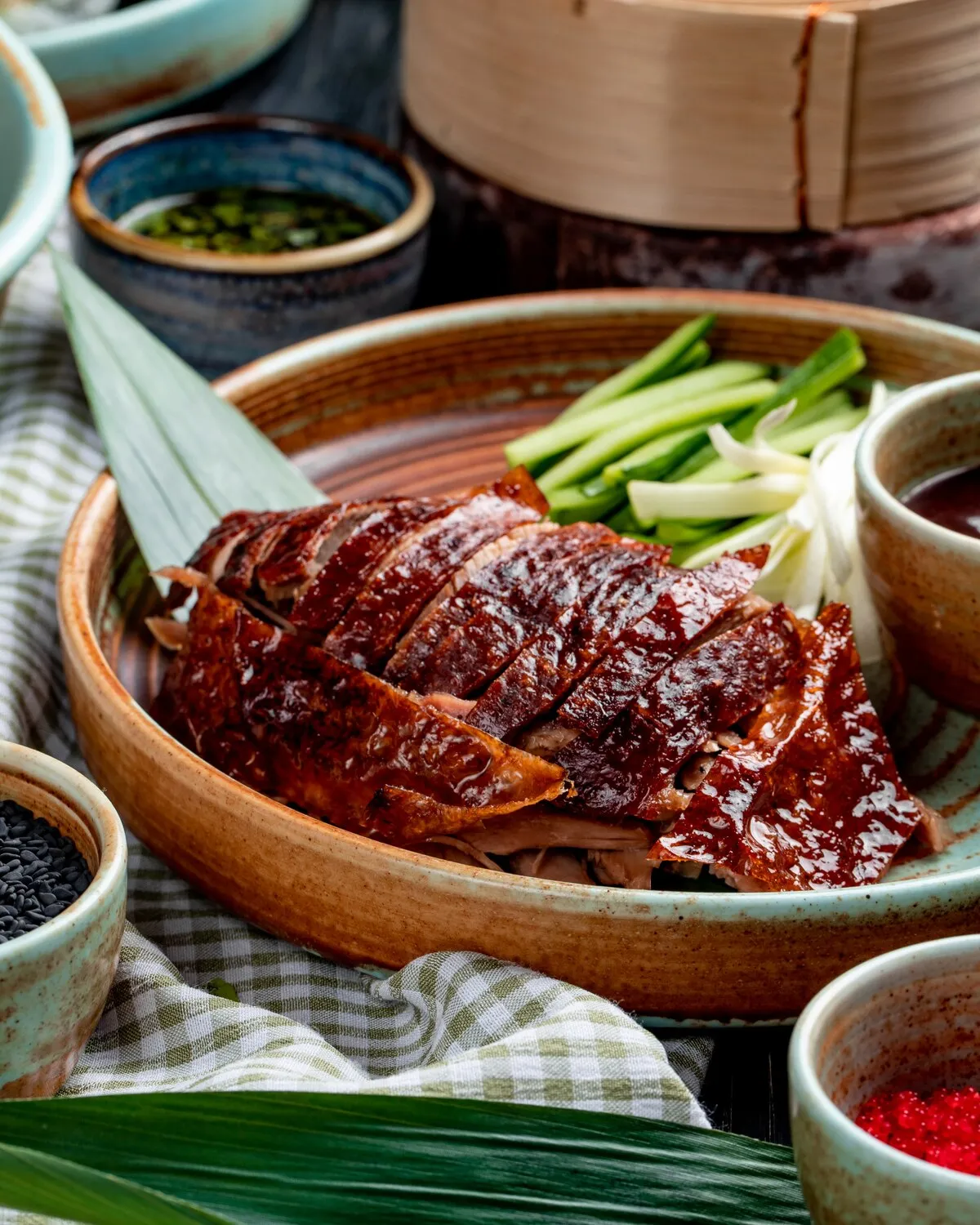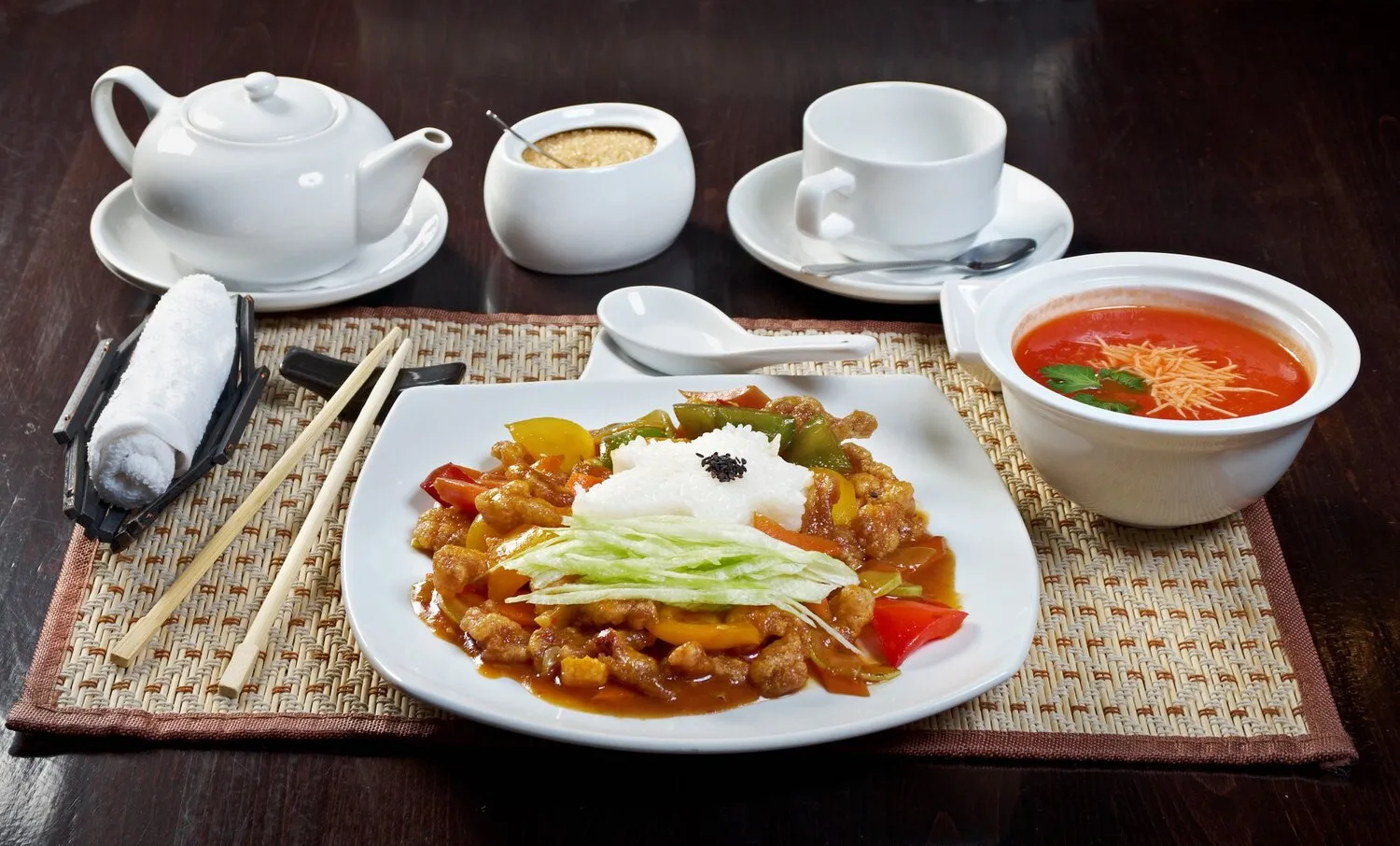
Lo Mein
Soft egg noodles stir-fried with vegetables and a protein of your choice (chicken, beef, pork, or shrimp).
Nutrition Facts
* The % Daily Value (DV) tells you how much a nutrient in a serving of food contributes to a daily diet. 2,000 calories a day is used for general nutrition advice.
Lo Mein, meaning 'stirred noodles', has ancient roots in Chinese cuisine. Noodle dishes have been a staple in China for centuries, evolving with regional variations and the availability of ingredients. The specific form of Lo Mein we often see in Western Chinese restaurants is a result of adaptation and fusion with local tastes.
Lo Mein is a popular and widely accessible dish, often associated with takeout and casual dining. It represents a fusion of traditional Chinese cooking techniques with flavors tailored to different cultural preferences.
Convenience and Accessibility
Lo Mein's popularity stems from its ease of preparation and affordability, making it a go-to choice for quick meals and takeout orders in many Western countries.
Adaptation and Fusion
The Westernized version of Lo Mein often differs from traditional Chinese noodle dishes, reflecting a blending of culinary traditions and a focus on readily available ingredients.
Symbolism of Noodles
In Chinese culture, long noodles often symbolize longevity, making noodle dishes a common feature in celebratory meals, though Lo Mein's specific cultural significance beyond general noodle consumption is less prominent.
Lo Mein is characterized by its savory, umami-rich flavors, complemented by the slightly sweet and salty notes of soy sauce and other seasonings. The textural contrast between the soft noodles and the crisp-tender vegetables adds to the overall appeal.
The primary flavor profile comes from the stir-fry sauce, typically a blend of soy sauce (light and dark), oyster sauce (for richness and umami), sesame oil (for aroma and nutty flavor), sometimes a touch of sugar (for balance), and occasionally Shaoxing rice wine. Common additions include garlic and ginger, which infuse aromatic depth. The choice of protein (chicken, beef, shrimp, or pork) contributes its own distinct flavor. Vegetables like cabbage, carrots, bean sprouts, and scallions provide freshness and varying textures. The soft egg noodles themselves absorb the sauce, becoming infused with flavor.
Noodle Preparation
Cook the noodles al dente. They should be slightly undercooked because they will continue to cook in the stir-fry. Rinse the noodles under cold water after cooking to stop the cooking process and prevent them from sticking together.
Stir-Fry Technique
Use a wok or large skillet and ensure it's hot before adding the ingredients. Stir-fry the vegetables and protein separately before combining them with the noodles and sauce. This helps to maintain their texture and prevent overcrowding the pan.
Sauce Consistency
Adjust the sauce to your liking. If it's too thick, add a little water or broth. If it's too thin, simmer it for a few minutes to reduce it. Taste and adjust the seasoning as needed.
Noodle Type
Fresh lo mein noodles are ideal, but dried egg noodles can be used as a substitute. If using dried noodles, make sure to not overcook them.
Explore additional Chinese dishes and restaurants
Explore ChineseDiscover top dining spots and culinary experiences in Knoxville.
Explore KnoxvilleLearn more about the food culture, restaurant scene, and culinary heritage of United States.
Explore United States
